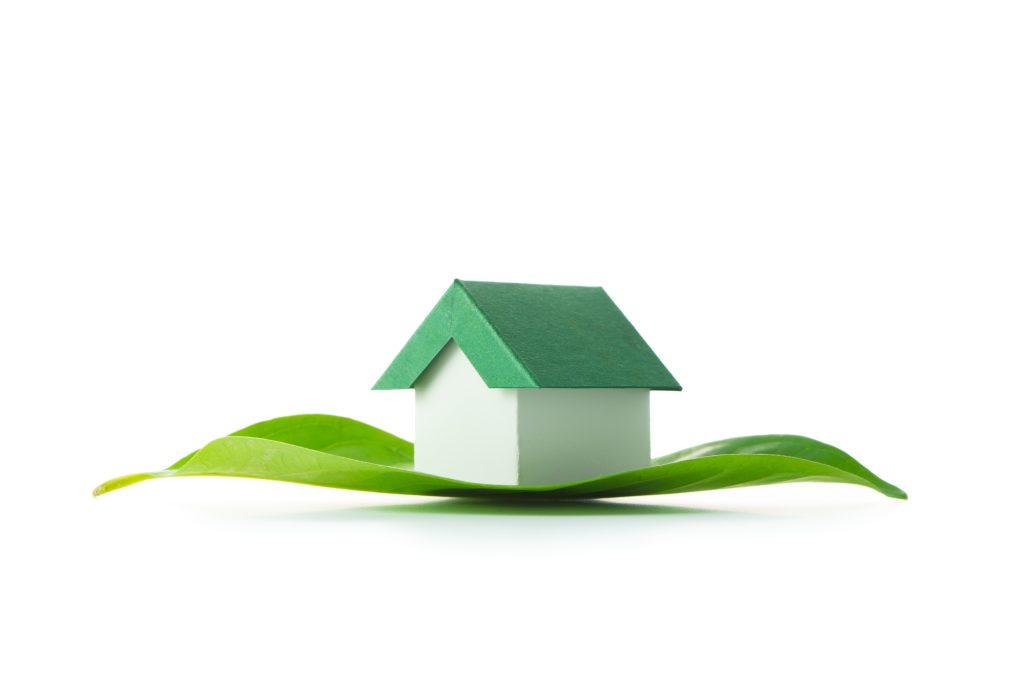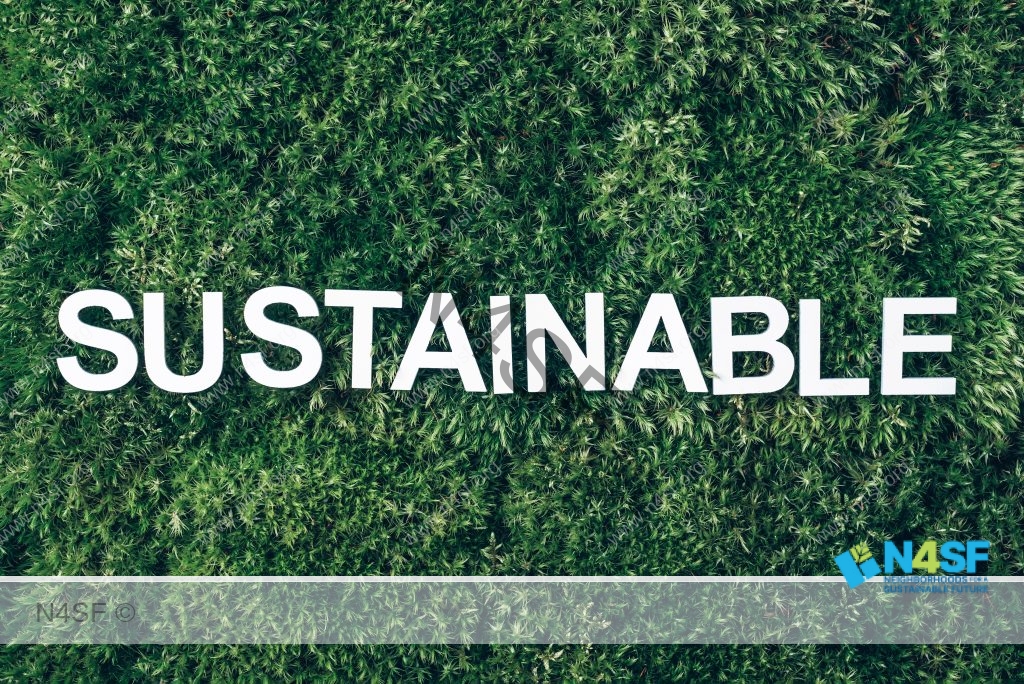Showcasing Innovative Design and Environmental Commitment
In an era where sustainability is at the forefront of architectural innovation, the United States has witnessed the emergence of extraordinary houses that exemplify a deep commitment to environmental consciousness.
In this article, we will delve into 10 exceptional examples of sustainable houses across the country, showcasing their groundbreaking designs, energy efficiency, and dedication to reducing the ecological impact of residential dwellings.
These remarkable homes serve as beacons of inspiration for sustainable living in the US.
The Hudson Passive Project – New York:
The Hudson Passive Project, located in New York, is an exceptional example of a net-zero energy home. This house incorporates cutting-edge energy-efficient features, including thick insulation, triple-glazed windows, and an airtight construction to minimize heat loss. The house also utilizes solar panels to generate renewable energy, allowing it to produce more energy than it consumes, achieving a zero net energy usage. For more details, you can visit the Hudson Passive Project website.
Zeb Pilot House – Utah:
Situated in Salt Lake City, Utah, the Zeb Pilot House stands as a stunning combination of contemporary design and sustainable living.
This net-zero energy home features a sleek architectural design and incorporates a range of energy-efficient technologies.
The house utilizes solar panels to generate electricity and geothermal heating and cooling systems to maintain optimal indoor temperature without excessive energy consumption.
Its high-performance building envelope ensures minimal air leakage, further enhancing energy efficiency.
To learn more about the Zeb Pilot House, you can explore their website.
The Cottle Zero Net Energy Home – California:
Located in San Jose, California, the Cottle Zero Net Energy Home is a remarkable residence designed to achieve carbon neutrality.
This house implements a variety of energy-saving measures, such as solar panels for generating clean energy, energy-efficient appliances to minimize electricity consumption, and a highly insulated building envelope to reduce heat transfer.
By implementing these features, the Cottle Zero Net Energy Home achieves a net-zero energy balance, significantly reducing its environmental impact.
The Hale-Edmonds Residence – Washington:
Situated in Seattle, Washington, the Hale-Edmonds Residence is a prime example of sustainable urban living.
This house features an energy-efficient design that maximizes natural light and incorporates rainwater harvesting systems to minimize water usage.
The Hale-Edmonds Residence also integrates solar panels to generate renewable energy and a rooftop garden that not only provides insulation but also reduces stormwater runoff, showcasing a holistic approach to sustainability.
To explore more about the Hale-Edmonds Residence, you can visit their website.
The Green Fab Home – Michigan:
The Green Fab Home, located in Detroit, Michigan, is a prefabricated sustainable dwelling that combines energy efficiency with affordability.
This modular home utilizes sustainable materials in its construction, such as reclaimed wood and recycled steel.
It incorporates energy-efficient appliances and advanced insulation systems to optimize energy consumption.
The Green Fab Home serves as an inspiring model for sustainable housing that is both accessible and environmentally conscious.
The Empowerhouse – Washington, D.C. :
The Empowerhouse, situated in Washington, D.C., was created as part of a solar-powered competition.
This net-zero energy home was designed to address urban affordability and sustainability challenges.
It features a highly insulated building envelope, solar panels for energy generation, and rainwater harvesting systems for water conservation.
The Empowerhouse embodies the concept of community engagement, as it was designed in collaboration with Habitat for Humanity.
The Farmhouse – California:
Nestled in Santa Barbara, California, The Farmhouse stands as a luxurious example of sustainable living.
This LEED Platinum-certified home incorporates passive design strategies, including strategic positioning for optimal natural lighting and ventilation.
The Farmhouse integrates rainwater harvesting systems to collect and reuse water, solar panels for renewable energy generation, and utilizes recycled and sustainable materials throughout its construction.
The ZHome – Washington:
Located in Issaquah, Washington, The ZHome is one of the first zero-energy townhomes in the US.
This innovative housing development incorporates numerous sustainable features, including solar panels, advanced insulation, and energy-efficient appliances.
The ZHome serves as a model for high-density sustainable living, showcasing the possibilities of reducing energy consumption and carbon footprint in a multi-unit residential setting.
The Tierra Luna Passive House – Colorado:
Nestled in the Rocky Mountains, the Tierra Luna Passive House exemplifies energy efficiency and sustainability.
This stunning residence incorporates passive solar design principles, utilizing large south-facing windows to maximize solar gain during winter months and shading elements to prevent overheating in the summer.
The Tierra Luna Passive House also features triple-glazed windows and airtight construction, ensuring optimal thermal performance and energy conservation.
The Sage Green Life House – Oregon:
Situated in Portland, Oregon, The Sage Green Life House is a net-zero energy home that prioritizes sustainable living.
This remarkable residence incorporates rainwater harvesting systems to collect and reuse water, solar panels for renewable energy generation, and energy-efficient systems to minimize energy consumption.
The house also emphasizes eco-friendly materials and finishes, showcasing a commitment to environmental stewardship.
These 10 sustainable houses in the US represent the forefront of sustainable design and innovation.
Each house showcases unique features and approaches to minimize energy consumption, promote renewable energy, and incorporate environmentally friendly materials.
By embracing these sustainable practices, these houses exemplify the possibilities of creating comfortable, eco-friendly, and inspiring living spaces that contribute to a greener future.
Here are the website references for each of the mentioned sustainable houses:
- The Hudson Passive Project – New York: Website: http://www.hudsonpassiveproject.com/
- Zeb Pilot House – Utah: Website: http://pivotalenergyhomes.com/
- The Cottle Zero Net Energy Home – California: Website: https://www.cottlezero.com/
- The Hale-Edmonds Residence – Washington: Website: https://haleedmonds.com/
- The Green Fab Home – Michigan: Website: https://greenfab.com/
- The Empowerhouse – Washington, D.C.: Website: https://dc.urbangreencouncil.org/empowerhouse/
- The Farmhouse – California: Website: http://www.thehomeownersfriend.com/
- The ZHome – Washington: Website: http://z-home.org/
- The Tierra Luna Passive House – Colorado: Website: http://www.tierralunaph.com/
- The Sage Green Life House – Oregon: Website: http://www.sagegreenlife.com/
By visiting these websites, you can gather more detailed information about each sustainable house, including their design principles, energy-efficient features, and sustainable practices.



